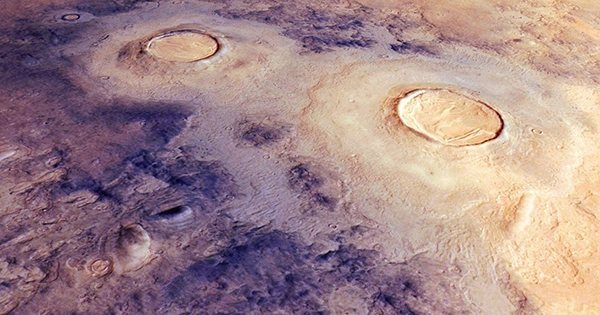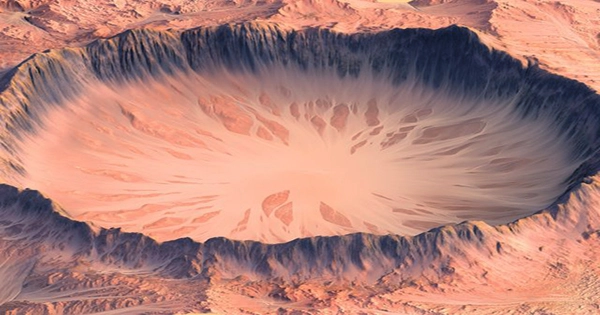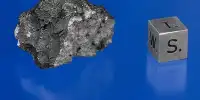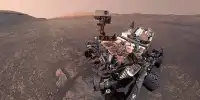On Mars, springtime is when strange characteristics appear all across the planet’s surface as the seasons change and the temperature begins to rise. This time, NASA’s HiRISE has discovered some odd polygonal patterns that give the impression that Mars is covered in thick honeycomb. The constant cycle of seasonal variations in water ice and carbon dioxide, rather than big Martian bees or spiders (if you’re one of those people who thinks they look like enormous webs) is what gave rise to these peculiar traits (CO2). Water ice that has been frozen and melted has formed the polygons.
Due to its thin atmosphere and absence of seas to regulate temperatures, Mars is a relatively chilly planet. Carbon dioxide freezes in polar locations during the Martian winter, creating what is basically a covering of dry ice on the surface. Dry ice melts without going through the liquid phase, going straight from solid to gas. Sublimation is the process through which ice transforms from solid to vapor as spring approaches and the temperature begins to rise.

Since the ice is almost transparent, the sun’s rays may penetrate the bottom layer and heat the surface below. This process begins at the bottom and works its way up. The generated CO2 is trapped between the sand and the ice above when the lowest layer of ice melts, increasing pressure. Occasionally, it splits apart, enabling the gas to escape through vents, as seen in blue above. The gas that is leaving brings tiny particles from the submerged surface that destroy the dry ice on the surface even more. Candy Hansen stated the following in a HiRISE blog post: “The dust forms black deposits in the form of fans when it falls to the surface. The brilliant imprints where the fans were initially placed are sometimes left after the black particles sink through the dry ice.”
Strangely, the vents may stop and then reopen, producing many fans that originate from the same location but are angled differently according on the direction of the wind, according to Hansen. Back in 2013, HiRISE captured this incredible image of polygons growing on the ridges of sand dunes. At the time, scientists remarked that if the layers of small particles had cemented, people may not have been able to distinguish them from wind-blown dunes and might have thought they were a dried-up lake bed. These polygons occur elsewhere in the Solar System as well—we’re not only talking about Earth here. Mars is just one example. They were found by New Horizons during a close flyby of Pluto in 2015.















